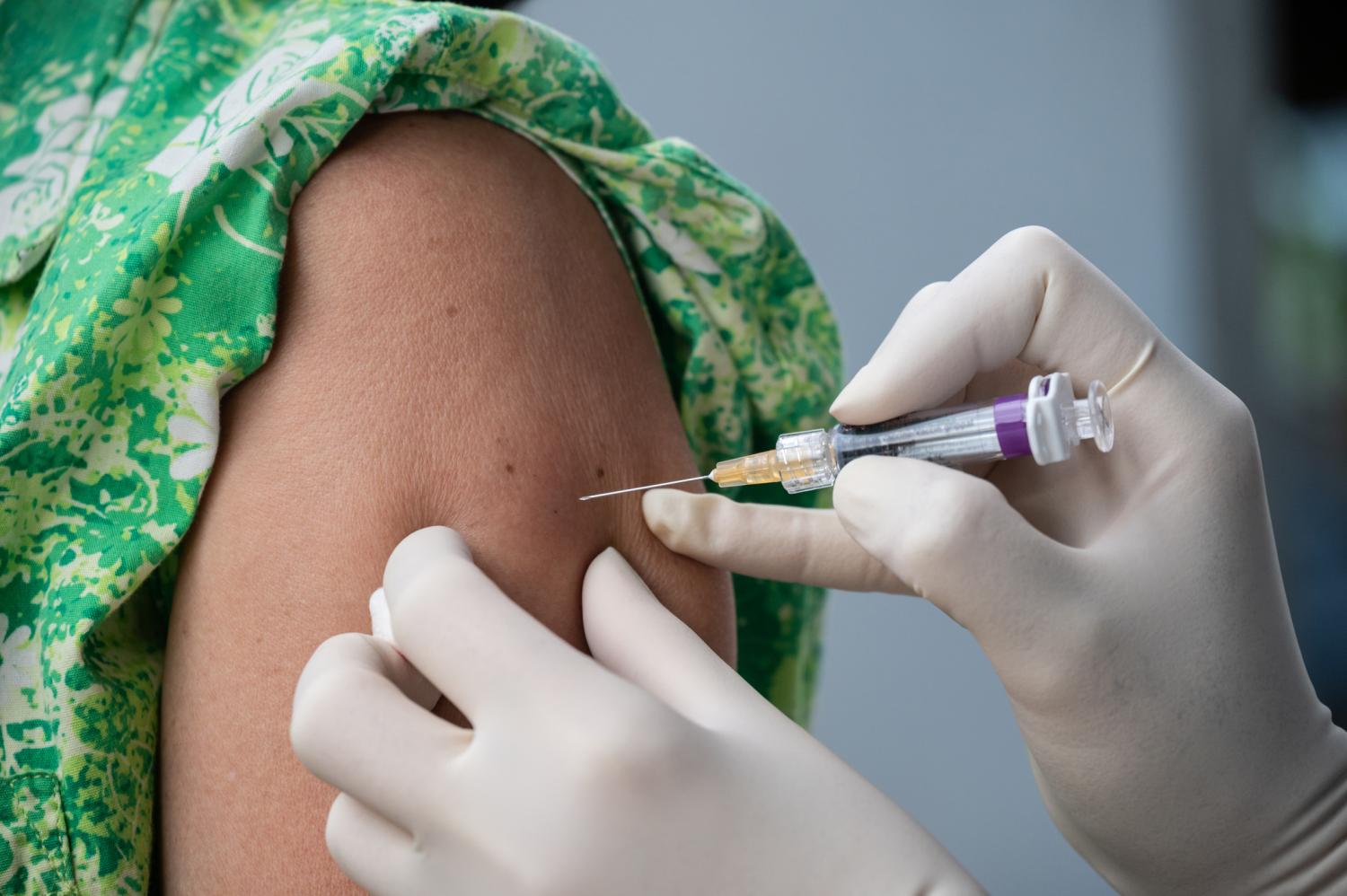News Scan for May 06, 2022


Over 40% of COVID patient stool samples had viral RNA but no live virus
Over 40% of 79 stool samples from COVID-19 patients admitted to one of four hospitals in Spain contained SARS-CoV-2 RNA but no live virus, suggesting a negligible ability to replicate in this medium and a very low likelihood of fecal-oral viral transmission, finds a study published yesterday in Scientific Reports.
Researchers from the University of Seville collected stool samples from 62 adult COVID-19 patients at hospital admission and/or follow-up at up to 4 months from March 2020 to February 2021. Median patient age was 59 years, 61.2% were men, and 30.6% had chronic conditions, the most common of which was solid-organ transplant (73.6%).
The team detected SARS-CoV-2 genetic material in 27 of 62 patients (43.5%). In the first week after illness onset, 7 of 19 (36.8%) patients excreted fecal viral RNA, compared with 9 of 28 (32.1%) in the second week. A subset of patients, mostly solid-organ transplant recipients, excreted RNA until week 16. There were no differences by age, sex, or chronic conditions in the presence or absence of viral RNA in stool samples.
No live virus was found on culture, and fecal viral RNA was not tied to gastrointestinal symptoms or illness severity.
“Our study suggests that the fecal–oral transmission of SARS-CoV-2 if any is negligible as an alternative infection route,” the researchers wrote. “Moreover, in our experience, the detection of SARS-CoV-2 RNA in feces at the beginning of the disease is not associated with any clinical factor nor with unfavorable clinical outcome.”
May 5 Sci Rep study
Crowded homes, low income tied to higher risk of COVID-19 in pregnancy
Pregnant women living in low-income neighborhoods and homes that are crowded were more likely to contract COVID-19 during the pre-vaccination period of the pandemic, according to a study yesterday in Obstetrics & Gynecology.
To conduct the study, researchers from Children’s Hospital of Philadelphia (CHOP) used serum samples from 5,991 pregnant patients who gave birth at two hospitals in Philadelphia from Apr 13 to Dec 31, 2020. The investigators looked for antibodies indicative of a previous COVID-19 infection.
Participants also provided race address information, which the researchers geocoded with census data. The researchers classified neighborhoods using three criteria: community deprivation, determined by how many residents live below the federal poverty line; racial segregation of the neighborhood; and crowding, defined as more people than rooms in a home.
A total of 9.4% of women included in the study had antibodies to SARS-CoV-2. Hispanic women had the highest prevalence (19.3%), followed by Black (14%) patients, with Asian (3.2%) and White (2.7%) patients having much lower rates.
Deprivation (adjusted odds ratio [aOR], 1.16; 95% confidence interval [CI], 1.02 to 1.32) and crowding (aOR, 1.15; 95% CI 1.05 to 1.26) were associated with increased rates of COVID-19, but racial segregation was not (aOR, 0.90; 95% CI 0.78 to 1.04).
“By now it is well understood that the COVID-19 pandemic has disproportionately affected Hispanic and Black communities in the United States, and our study identifies potential factors that contribute to this phenomenon in pregnancy,” said Heather H Burris, MD, MPH, the first author of the study, in a CHOP press release.
May 5 Obstet Gynecol study
May 5 CHOP press release
Avian flu appears in more US flocks, detected in Canadian foxes
The US Department of Agriculture (USDA) Animal and Plant Health Inspection Service (APHIS) reported a few more highly pathogenic avian flu outbreaks in poultry, all involving backyard birds, as well as 50 more detections in wild birds, mostly in the Midwest, with North Dakota noting deaths from the virus in crows.
South Dakota had two more poultry outbreaks, in Day and Hamlin counties in the eastern part of the state. Minnesota reported one more outbreak, bringing its total to 69. The virus struck a location in Carver County, just west of Minneapolis.
So far, activity involving the Eurasian H5N1 strain has led to the loss of 37.6 million birds across 33 states, according to the USDA.
The 50 new H5N1 detections from wild bird surveillance raise the total to 1,006. Most of the new listings are from the Midwest, including North Dakota, Wisconsin, and South Dakota. Most involved waterfowl and raptors; however, North Dakota reported several detections in crows found dead.
Outside of the Midwest, there were a few detections in Wyoming, Colorado, and Maryland.
USDA APHIS poultry avian flu page
USDA APHIS wild bird avian flu page
In related developments, the Canadian Wildlife Health Cooperative (CWHC) this week announced the identification of the first Eurasian H5N1 in wild mammals in the Americas.
The virus was found in wild fox kits in Ontario on May 2. They were found together in St. Mary’s and submitted to a wildlife rehabilitation center. One was dead and one had severe neurologic symptoms and died shortly after admission. H5N1 was found in brain tissue samples, and officials said the virus was likely the cause of death.
The strain had been previously found in a few mammals in Europe and in two people, one in the United Kingdom and another in Colorado, raising concerns about zoonotic potential.
May 4 CWHC blog post
Pakistan confirms its second wild poliovirus case of the year
Pakistani officials have reported one more wild poliovirus type 1 (WPV1) case, its second of the year, and Nigeria has confirmed three more circulating vaccine-derived poliovirus type 2 (cVDPV2) cases, the Global Polio Eradication Initiative (GPEI) said in its weekly update.
Pakistan’s WPV1 case was in Khyber Pakhtunkhwa province, the GPEI said, but it provided no information on when the person first exhibited symptoms. Last year the country reported one WPV1 case. It has also had eight cVDPV2 cases this year.
Nigeria’s 3 new cVDPV2 cases are in Niger, Katsina, and Zamfara states, bringing the number of 2022 cases to 20. The country had 415 cVDPV2 cases in 2021.
May 5 GPEI update



